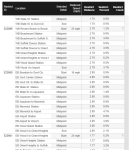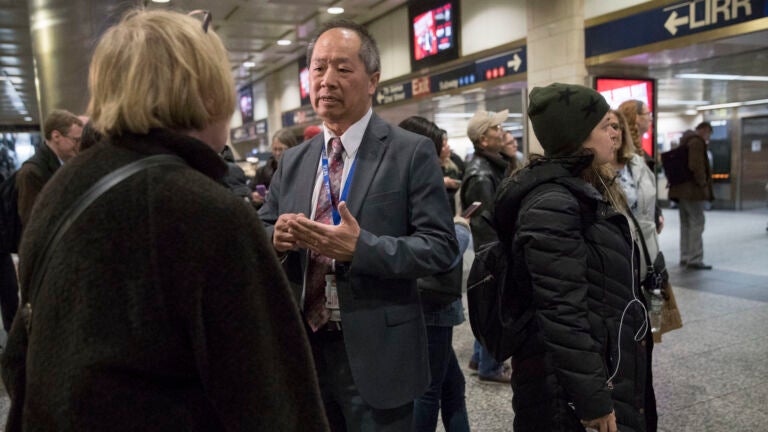Aprehensive_Words
Active Member
- Joined
- Oct 18, 2022
- Messages
- 278
- Reaction score
- 543
Allegedly, some of the track work planned in April (announced today: https://www.mbta.com/news/2023-03-2...s-perform-track-improvement-work-the-red-line ) will address some of those.
Does anyone have any inside knowledge that could shed light on what "alleviate" means in that press release? For example, the T didn't say *which* speed restrictions in the closure areas will be "fixed" (my probably-pollyannish interpretation).
Does anyone have any inside knowledge that could shed light on what "alleviate" means in that press release? For example, the T didn't say *which* speed restrictions in the closure areas will be "fixed" (my probably-pollyannish interpretation).
- Accessible shuttle buses will replace service between Braintree and JFK/UMass Stations during the weekend of April 1-2. This service change will allow MBTA crews to perform critical rail and tie replacement work along the track in multiple areas along the Braintree Branch that will alleviate speed restrictions.
- Accessible shuttle buses will provide service between Kendall/MIT and JFK/UMass Stations during the weekend of April 22-23. This service change will allow MBTA crews to perform critical rail and tie replacement work along the track in this area that will alleviate speed restrictions near South Station.
- Accessible shuttle buses will provide service between Kendall/MIT and JFK/UMass Stations during the weekend of April 29-30. This service change will allow MBTA crews to continue rail and tie replacement to alleviate speed restrictions near South Station as well as perform work near the First Street gate in Cambridge.
- Evening weekday trains will be replaced with accessible shuttle bus service between Government Center and Orient Heights Stations beginning at approximately 9 PM on April 10-13. Shuttle buses will not serve Bowdoin station. This service change will allow MBTA crews to begin rail replacement and track alignment work on the Blue Line that will alleviate speed restrictions.
- Evening weekday trains will be replaced with accessible shuttle bus service between Government Center and Orient Heights Stations beginning at approximately 9 PM on April 24-27. Shuttle buses will not serve Bowdoin station. This service change will allow MBTA crews to continue rail replacement and track alignment work on the Blue Line that will alleviate multiple speed restrictions.


